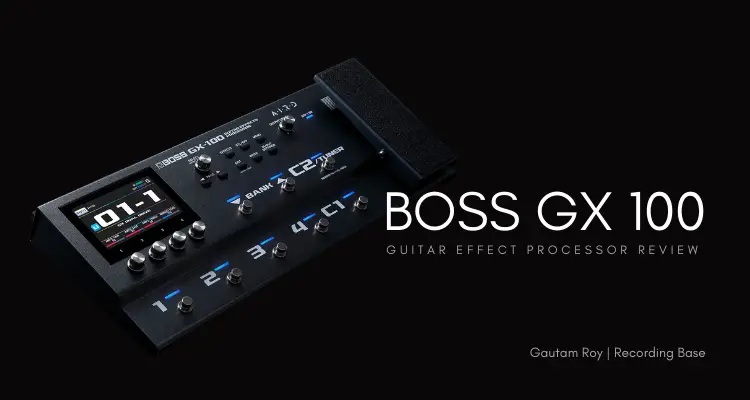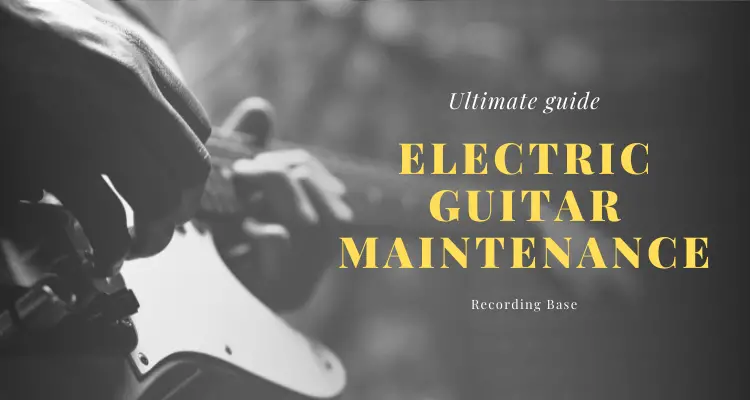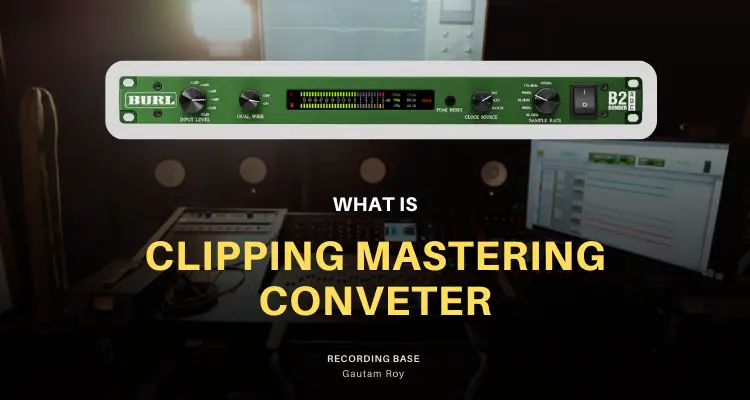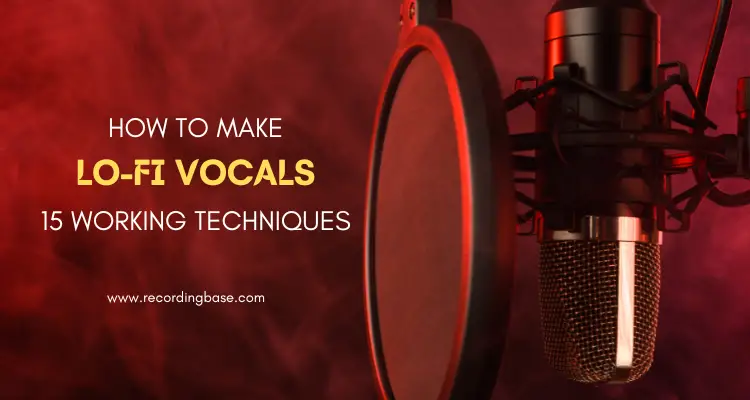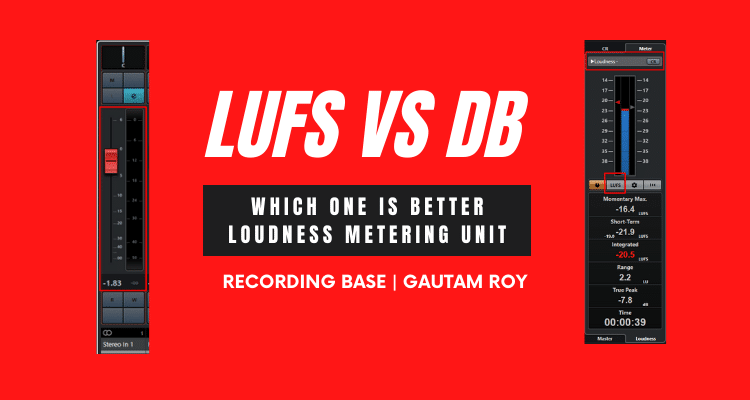If you’re looking to handle your guitar like pros and want to have that effect exude from your music, then one of the most essential aspects for you to learn would be controlling and mastering your instrument’s dynamics.
In this article, I will guide you to boost your guitar sound with dynamics. If you apply dynamics in the right way then your guitar will shine throughout the song.
Let’s dive into the guide.
Table of Contents
What are Dynamics?
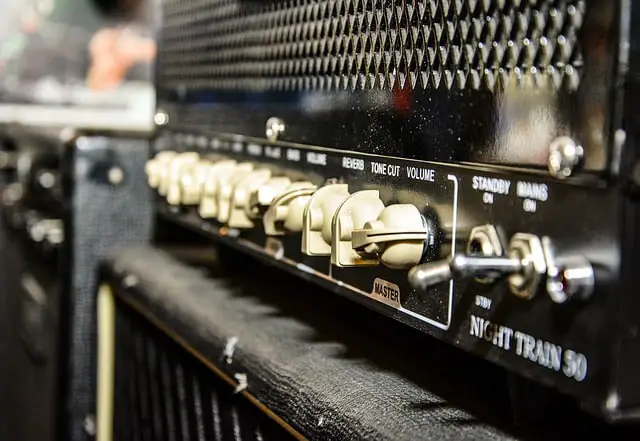
Dynamics are very easy to understand, but like all crafts, takes some practice to master. In the most basic terms, dynamics are how soft or loud you play your music, that’s it!
Sounds simple enough, right? But trust me, right now you’d be like Alice staring down the rabbit hole and keeping up with our analogy, Let us show you what’s in wonderland! 😉
You might also like,
Understanding Dynamics
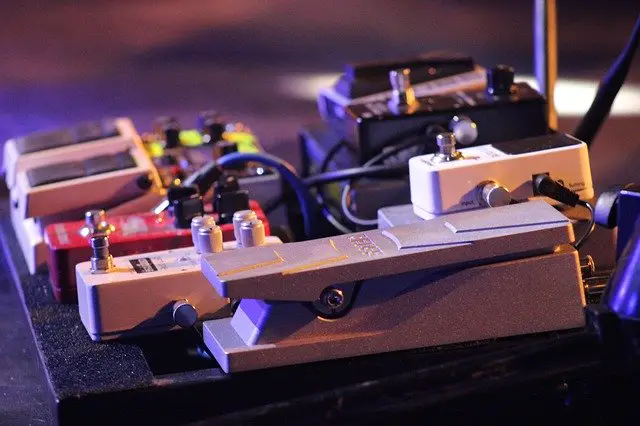
One of the more crucial ways to control these dynamics is to understand how your guitar affects them.
The music you play is heavily dependent on how you stroke your guitar strings, a light touch produces a soft and smooth sound, the harder you play your chords, the louder the volume.
Disclosure: This post may contain affiliate links, which means we may receive a commission if you click a link and purchase something that we recommended. Read more about Affiliate disclosure here.
The idea is simple enough to grasp; If you want to convey something with a light and gentle tone then you wouldn’t scream at someone, right?
The same principle is applicable here.
A light stroke for a gentle tone that conveys a breezy note and a sharp stroke for a more exuberant sound.
What’s the Use?

Ever heard a guitarist playing a soulful tune and wondered how they manage to get their emotions spread throughout the venue?
Well, a lot of techniques went into that music for you to feel connected to that piece and one of the most crucial ones was having control over the dynamics of guitar’s sound.
Utilizing the dynamics to your advantage can help your music sound more engaging and enthusiastic as you can control it by introducing a fading effect by turning the volume down or making an intensifying effect by strumming the volume up.
Having control over your instrument’s dynamics is a significant part of how you connect your notes together and produce the overall symphony.
Controlling your Sound Dynamics
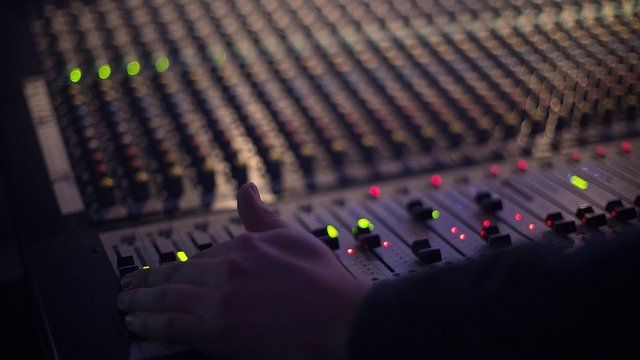
At the core of your sound dynamics, you will realize that it all boils down to how you use your guitar hands.
It is absolutely essential for us to emphasize the difference between guitar pitch and volume.
Why?
Because your strumming hand and the fretting hand are each used for volume and pitch respectively.
Generally speaking, your fretting hand basically deals with the music octaves (pitch or frequency) that your guitar plays while the volume is entirely controlled by your strumming hand (except in a few special guitar playing techniques like the fingerstyle, but that’s a whole other story altogether!)
Your fretting techniques are crucial for what your music sounds like, however, when we’re talking about the sound dynamics, it doesn’t really concern us.
So let’s stay on point here and talk about your strumming hand, which is basically your most essential tool for controlling your guitar sound dynamics.
Even if you have some pedals or such with your instrument, they can only boost whatever sound your strumming hand produces, therefore in order to boost your guitar sound with dynamics you really need to work on your strumming techniques.
Practice to Control Sound Dynamics
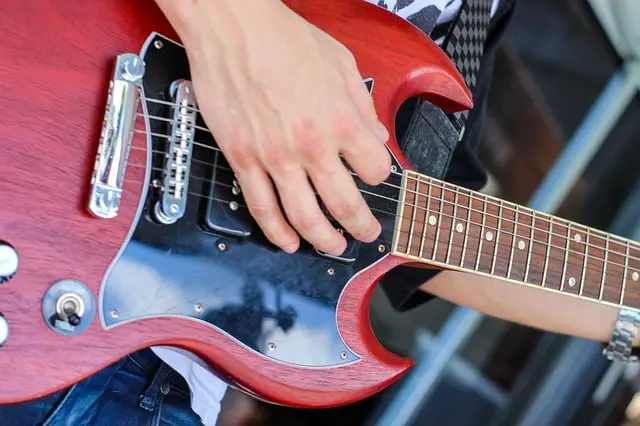
We have all heard “We Will Rock You” by Queen at some point or other in life, haven’t we?
Well, you’ll find it quite comforting to practice your technique on a familiar tune, and this era-defining song, I think, quite rightfully gives us a very convenient and familiar tune to practice our sound dynamics control technique.
However, you may use any tune that you prefer to practice.
Now, in the song, the chords that are used to produce the sound for “*clap* *clap* *snare*” are E minor and D with a tap on the guitar body after every 2 strokes for the snare effect.
If you’re a beginner, then tap gives you ample time to switch your fret hand between chords. This gives us a very convenient tune to practice our sound dynamics.
Play the chords repeatedly by starting with very light and gentle strumming on your first “*clap* *clap* *snare*” and then gradually increasing the strumming motion to increase your volume with each repeating cycle.
With each cycle, notice the sound produced by your instrument and try to understand the volume produced by different levels of applied strumming force.
Now try to produce uniform sound volume through your strumming to develop a muscle memory that associates strumming force to your guitar volume.
This practice exercise should help you a lot in learning to control your sound dynamics.
Useful Tips & Tricks
If we take it a step further, then we start to work on how to utilize these dynamics.
A useful tip for you would be to try and maintain a light stroke towards the high notes and a more vibrant pluck for low notes.
As the notes go up, strum softer and as the notes go down, strum louder.
The high notes by default stand out through the music sheet and therefore don’t need any additional exaggeration through our sharp plucking and in contrast, the low notes rather do need to be lifted such that the overall melody provides a very uniform tune.
Another useful tip would be to strum the volume up whenever you have subsequently repeating chords.
This gives it a more focused dense sound and removes any blandness from your cycling tunes.
Is there anything more to Dynamics?
Definitely! What we started on was the absolute beginning and essential with regards to learning about the dynamics.
Learning about volume control through dynamics helps us produce a specific “feel” to the tune and makes us more capable of transitioning through different volumes in a more uniform and smooth way.
The more you dive into understanding music and how to control certain aspects of your instrument’s momentum the more you start understanding about the objective rules.
This will help you to produce a higher quality of music and excelling in having control over the sound dynamics should be one of the core abilities to master.
End Note
Mastering your guitar’s sound dynamics helps you breathe life into your music and makes it more soulful and vibrant rather than just producing a lifeless tune.
We hope that we have helped you better understand the role of sound dynamics in your music and how you can boost your guitar sounds through the proper application of these techniques.
This article is written by Stephen Zhang from NextStrings and is an avid listener of acoustic tunes as well as writes reviews on acoustic guitars on his blog.
Read also,
How can I make my guitar sound higher?
There are several reasons why your guitar sound is not as high as you others. Such as old strings, humidity, dust, fret buzz, loose nuts, or even bad electronics.
You should take a look at all of them and find out the exact reason. Then you will be able to implement things to improve your guitar sound.
Does painting a guitar change the sound?
As pickups are used to pick the sound and the body is not totally responsible for it, painting electric guitar does not affect the sound however, it can affect acoustic guitars where the body is plays a big role on sound generation.
How can I improve my guitar dynamics?
I have already given the answer above. In short, you should work on strumming and hand pressure. If you apply light pressure on the strings then you will get light sound. Pressing hard makes the sound louder. It takes time to improve guitar dynamics. Practice makes you perfect.



